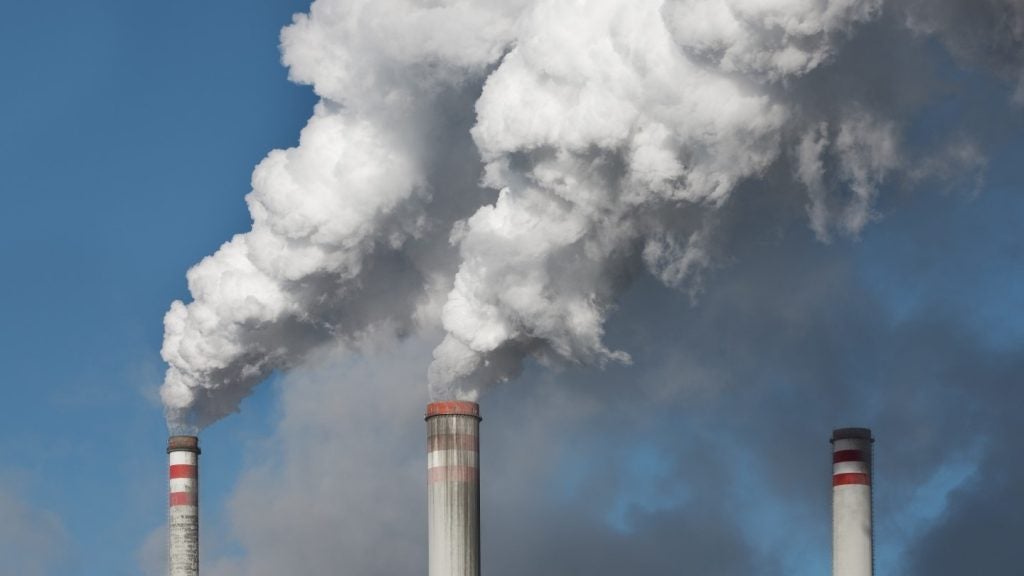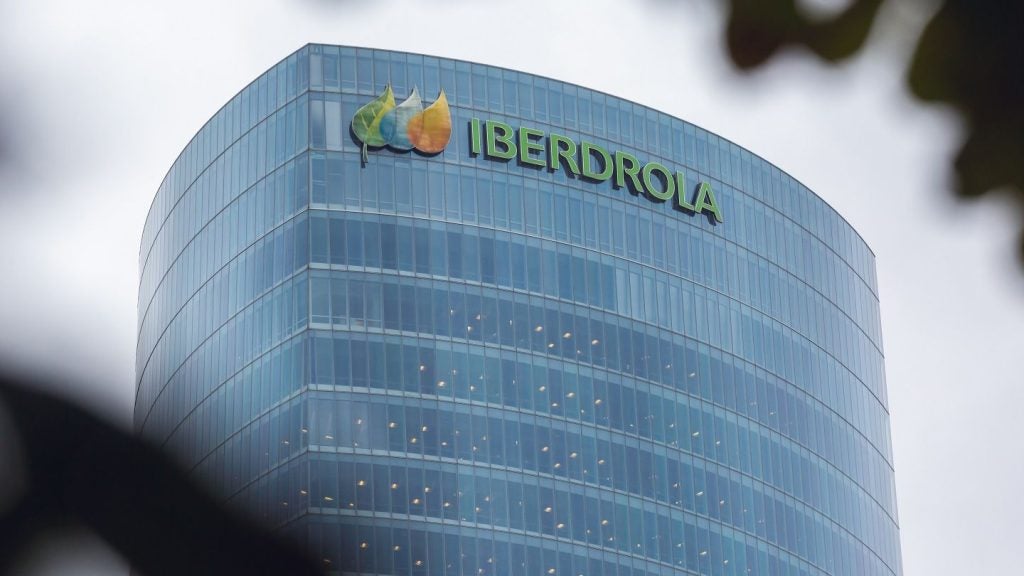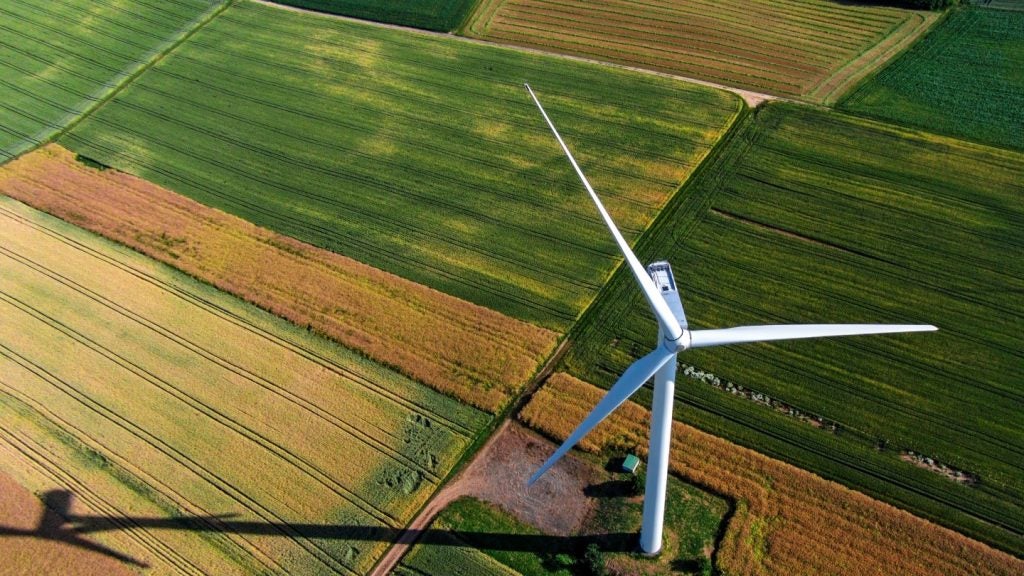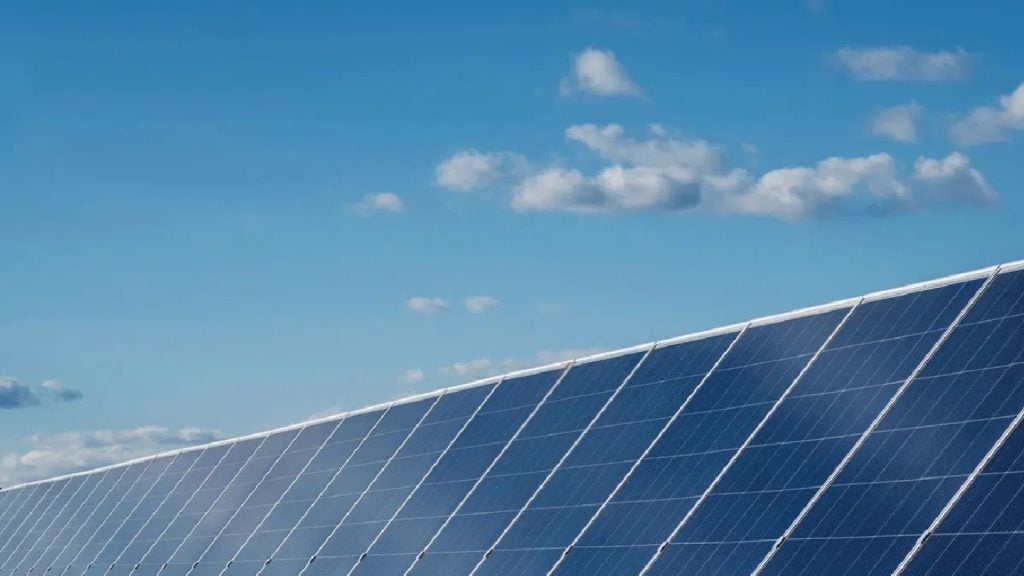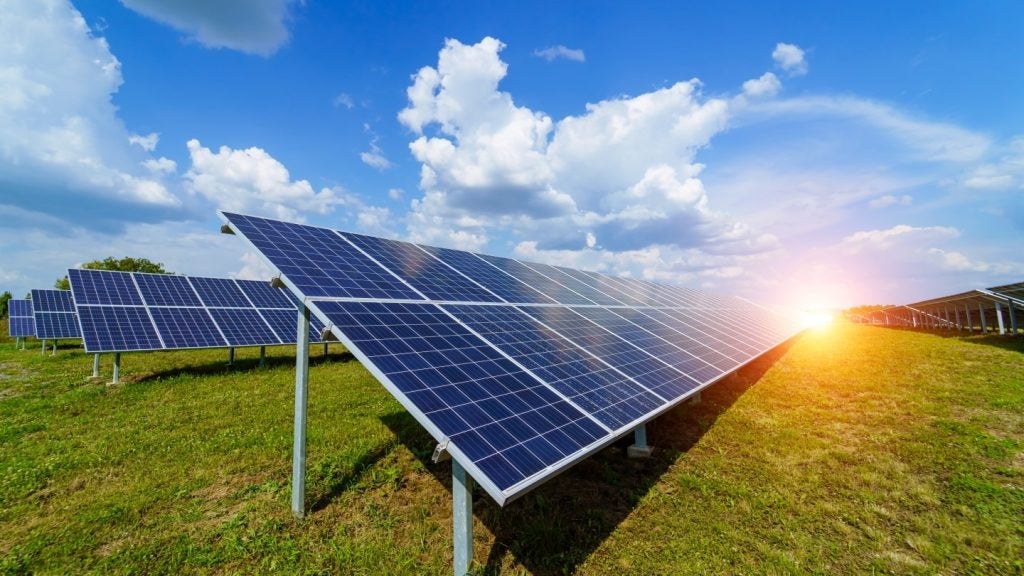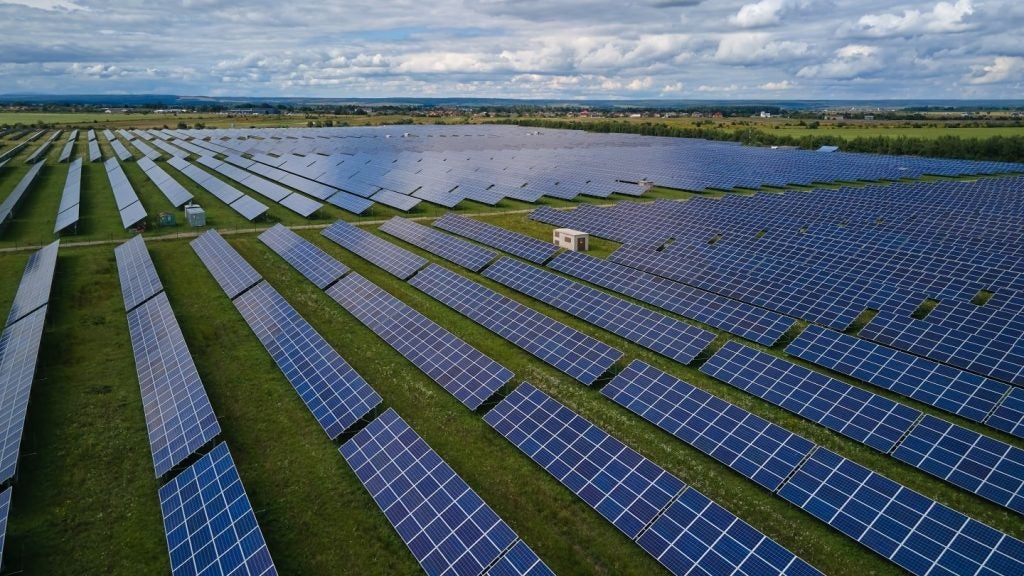China has reinstated import levies on coal in a move that could threaten Russian exporters dependant on Chinese demand.
In 2022, the Chinese Government removed the coal tariff to secure supply in response to global energy market tumult caused by Russia’s invasion of Ukraine. From January to November 2022, Chinese steel companies increased imports of coking coal by 21.5% compared with the same period in 2021. Despite being shunned by other buyers across the world, Russia accounted for 36.9% of this supply. The two countries have a long-term goal of reaching 100 million tonnes in annual supply from Russia to its southern Asian neighbour.
Su Huipeng, analyst at the China Coal Transport and Distribution Association, told Bloomberg: “No other countries can take in such large supplies. It has to be exporters cutting prices and absorbing the additional tax cost.”
Following a peak in June, China’s imports of Russian coal have decreased as other sources have become more competitive. Russian coal will become even more expensive as taxes are reimposed, as Australia and Indonesia are shielded from the levies due to free trade agreements signed with Beijing.
The reimposed tariffs include a 6% levy on coal for electricity and heating and a 3% tariff on coking coal used in steel manufacturing. However, such tariffs only apply to nations with the status of ‘most-favoured countries’, including Russia, South Africa, the US and Mongolia. Other nations will face a higher import tariff of 20%.
China aims to protect its domestic industry through such measures. In the first three quarters of last year, production increased by 3%. Nevertheless, Chinese state-owned energy company Sinopec said that domestic demand will peak in the next two years at around 4.37 billion tonnes. According to the company, coal will be replaced by non-hydrocarbon sources of energy such as wind and solar.


